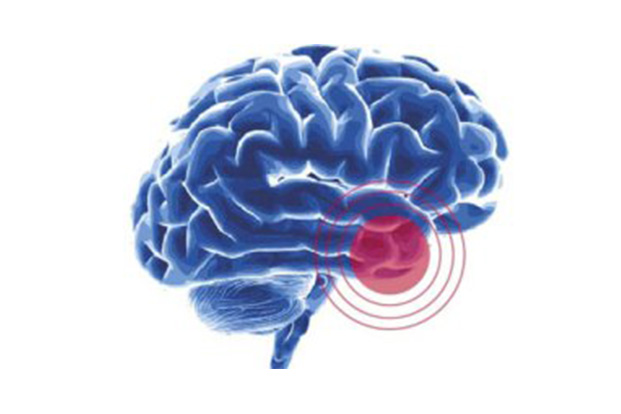Categories
- Bariatric Surgery (11)
- Black Fungus (5)
- Bone Marrow transplant (3)
- Brain Tumor Surgery Navigation Technology (20)
- Cardiac Surgery (66)
- Cardiology (97)
- Computer navigation technology for joint replacements (20)
- Covid Vaccination (17)
- Critical Care (2)
- Dental (19)
- Dermatology (31)
- Dialysis Support Group - “UTSAAH” (11)
- Dietitian (33)
- Emergency Medicine (4)
- Emotional Health (11)
- Endocrinology (33)
- ENT (20)
- Gastroenterology and GI Surgery (53)
- General and Laparoscopic Surgery (21)
- General Surgery (4)
- Gynecology & Obstetrics (183)
- Hematology (20)
- Internal Medicine (294)
- Kidney Transplant (50)
- Kidney Transplantation (20)
- Lung Cancer (8)
- Minimal Invasive Surgery (1)
- Mother & Child (20)
- mucormycosis (5)
- Nephrology (61)
- Neurology (147)
- Neurosurgery (68)
- Nutrition and Dietetics (107)
- Omicron Variant (1)
- Oncology (288)
- Ophthalmology (10)
- Orthopaedics & Joint Replacement (86)
- Paediatrics (59)
- Pediatric Nephrology (3)
- Physiotherapy (5)
- Plastic & Reconstructive Surgery (6)
- Psychiatry and Psychology (90)
- Psychologist (28)
- Pulmonology (72)
- Rheumatology (13)
- Spine Services (21)
- Transradial Angioplasty (16)
- Urology (84)
Query Form
Posted on Apr 19, 2022
Paralysis - Symptoms and Signs
Loss of functionality of muscles in any part of the body, when the messages between muscles and brain are disrupted, is known as Paralysis. Damage in the nervous system, especially spinal cord causes paralysis. Other major factors are trauma with nerve injuries, stroke, poliomyelitis, peripheral neuropathy and cerebral palsy.
Symptoms of Paralysis:
Paralysis is classified in several different ways. i.e. it can be generalized, affecting wider portion or can also be localized, affecting some particular parts of our body.

Localized paralysis: Examples
- Facial Paralysis – this is generally restricted to one side of face
- Paralysis of hands
- Paralysis of vocal cords
Generalized paralysis: Examples
- Monoplegia: Paralysis of 1 limb
- Hemiplegia: Paralysis of leg and arm on 1 side of our body
- Paraplegia: Paralysis of both legs and sometimes pelvis along with some portion of lower body
- Tetraplegia: This is also called quadriplegia. Paralysis of both arms and legs
Temporary and Permanent paralysis
Paralysis can be either temporary or permanent. Bell’s Palsy is a relatively common factor of temporary paralysis that leads to paralysis of the face. Sometimes the paralysis occurring due to stroke can also be a temporary one. Paralysis led by serious injuries like the severe injury of the spine, is generally permanent.
Levels of injury of spinal cord
While assessing the intensity of spinal cord injury, it is usually a case of identifying where on the spine has the injury been inflicted and how worse the relevant muscles and nerves have been hurt.
Spinal cord is evaluated by the use of a number and lettering system which is based on vertebrae (i.e. the disc shaped bones which assist in supporting the neck and spine)
A spine comprises of 24 vertebrae in total and consists of-
- Seven cervical vertebrae in neck: measured as C1 – C7
- 12 thoracic vertebrae in chest area: measured as T1 – T12
- Five lumbar vertebrae in your lower back: measured as L1 – L5
People with injury of spinal cord injury between C1 & C7 are more likely to develop paralysis of all 4 limbs known as tetraplegia
The extent of paralysis along with a subsequent decline in the functionality of muscles depends on the high degree of intensity of the injury. i.e.
- A person with a C1 – C4 injury of spinal cord has little or zero movements in his/her limbs and would probably be able to only move his head and possibly his shoulders – He will also require a ventilator for breathing
- People with C7 injury of spinal cord are able to move their elbows and may also have little movement of fingers.
- Patients with T2 – T12 injury of spinal cord have muscles functioning properly in upper half of body, however, no or little function in the limbs and they need wheelchairs
- Patients with L1 – L5 injury have limited mobility of hips, feet and knee, however, they are likely to need wheelchairs or other kinds of mobility aid, like a walking frame.



